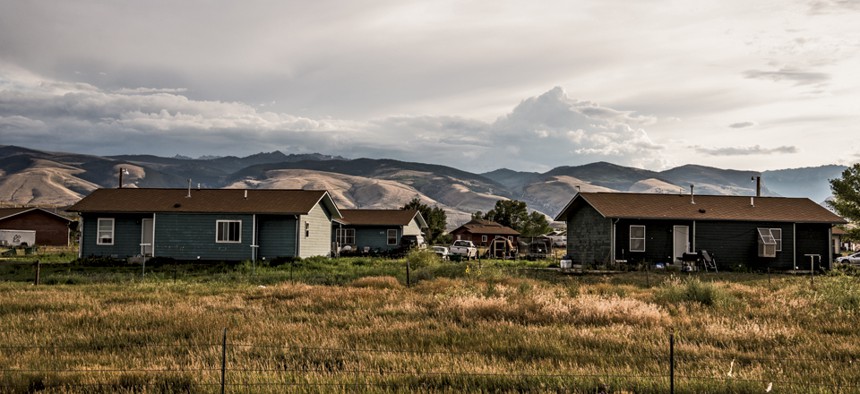
Bradly J. Boner
Crime Scene
A federal program reduced violent crime on four Indian reservations. Now comes the hard part.
Wind River Indian Reservation, Wyoming—“Not sure if you heard . . . We had an officer-involved shooting last night on the reservation.”
Charles Addington from the Bureau of Indian Affairs sent that email message July 30 to a Washington reporter in town to write a story on recent federal efforts to reduce violent crime on Indian reservations. “A deputy pursued a car from off the reservation onto the reservation, and the car stopped in the roadway and the passenger got out and pointed a gun at the officers, and the suspect was shot and killed,” the note read. “The deceased was not a tribal member.”
The deceased was blond, baby-faced Justin Phillip Steele, 26, of nearby Pavillion. He was, as Addington put it, “known to law enforcement” before his ill-advised confrontation with the cops on a long stretch of road near the small town of Ethete. On July 29, the night he was killed, the Gloucester, Massachusetts, native allegedly stole several guns from someplace off the reservation, jumped into a car driven onto the reservation and shot out the vehicle’s rear window during a police chase. That prompted his companions to hit the brakes and flee on foot—where to is anyone’s guess, since there’s not much around but sage brush and wildflowers. That’s when Steele, who was white, pulled a gun and was shot by a BIA officer, who is Native American.
Read more about the federal effort angled toward violent crime on reservations here.
NEXT STORY: From War to Work







